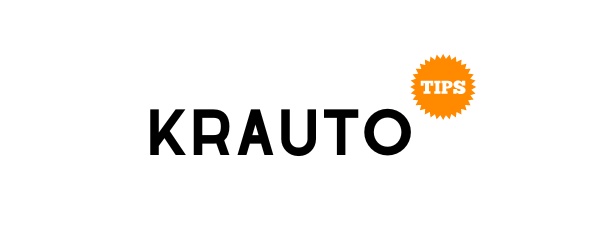In this article, we are going to discover the top 10 Java interview questions and answers! In general, preparing for the job interview can be stressful. You need to think about what to wear, what to talk about, and learn something about the company. When it comes to programming, there is also another concern – a technical interview.
In short, every programmer usually goes through several phases: an HR interview, a technical interview, and an interview with the CEO of a certain company. According to some programmers, the most difficult part is a technical interview. So we have decided to help you get through it easily.
The best way to increase your self-confidence is to prepare for the interview. So when you know the most common Java interview questions, that can significantly increase your self-confidence. Most importantly, you can increase the chance of getting the job. If you are not ready for the interview yet, here are the best free Java courses for beginners!
Every Java interview starts with basic questions. As the interview progresses, the questions become more complex. Therefore, it is important to master basic questions. When you get an advanced question and you don’t know the answer, you can give your own perception of the answer.
The Most Common Java Interview Questions and Answers
Here are the most common Java interview questions with answers. Some answers include code examples, so you can understand the answer better.
1. Tell Me More About Java?
Java is a high-level programming language. It was created in 1995 by Sun Microsystems company. It is based on the C and C++ programming languages. Today, it is owned by Oracle company and is mostly used for building web and mobile applications.
2. What are the Main Features of Java?
- Object-oriented
- Platform independent
- Safe
- Robust
- Dynamic
3. Describe a Class, a Method, and an Attribute?
A class is a template which we use to create objects. It consists of attributes and methods.
For instance, we can describe a student by his or her first name, last name, and year of study. Attributes in a class define what type of data can be store in an object, but not the values. When we create an object, we assign values.
public class Student {
String firstName;
String lastName;
int yearOfStudy;
void printStudent() {
System.out.println(firstName + ” ” + lastName + ” ” + ” – year of study: ” + yearOfStudy);
}
}
4. What is an Object?
An object is an instance of a class. In the previous example, we created a class Student. Now we are going to create an object from that class. We will create the object within the main method by using the new() keyword. Then, we are able to add values. Finally, we will print those values by using our method printStudent().
public class Main {
public static void main(String[] args) {
Student s = new Student();
s.firstName = “Tom”;
s.lastName = “Smith”;
s.yearOfStudy = 3;
s.printStudent();
}
}
5. Tell Me More About Constructors?
A constructor is a special method that is called when we use the new keyword. It has the same name as the class. It can be empty and with parameters. If we don’t define a constructor, it will be automatically generated by the Java compiler.
An example of a constructor:
public Student(String firstName, String lastName, int yearOfStudy) {
this.firstName = firstName;
this.lastName = lastName;
this.yearOfStudy = yearOfStudy;
}
Now we can create an object from the class Student by using the constructor above:
Student s = new Student(“Tom”, “Smith”, 3);
6. What are the Main Object-Oriented Concepts?
- Encapsulation
- Inheritance
- Polymorphism
- Abstraction
7. What is Encapsulation?
Encapsulation is a principle where an object hides its internal structure and behavior from other objects. To protect the object, we need to protect the attributes and methods of a class. You can use access modifiers such as private, default, protected, and public.
It is always a good practice to hide class’ attributes from other objects.
8. What is Inheritance?
Inheritance is when one class extends to another class. Therefore, we have a parent class (superclass) and a child class (subclass). A subclass inherits all attributes and methods from the superclass.
9. What is Polymorphism?
The process of representing one form into several forms is called polymorphism. Polymorphism is the most important object-oriented concept. Simply put, polymorphism represents the idea of “the existence of many forms” when there is a hierarchy of classes that are connected to each other through inheritance.
10. What is Abstraction?
Instead of showing the implementation abstraction means showing functionality to the user. An interface specifies some behavior through a list of methods that don’t have implementation. Something similar can be done with methods in a class. A class that has methods without implementation is called an abstract class and those methods are called abstract methods.









